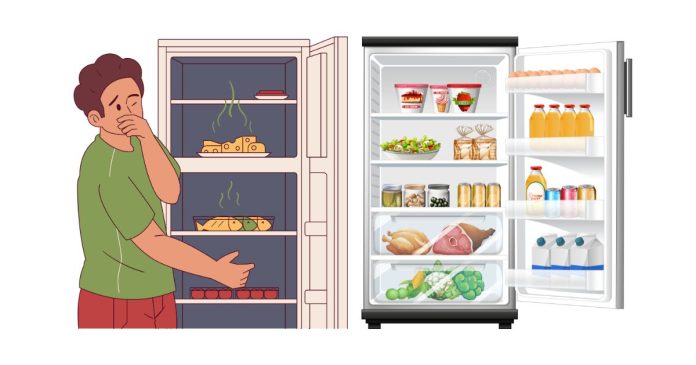A power outage can be inconvenient, but it becomes especially concerning when it comes to food safety. Perishable items in your refrigerator and freezer are vulnerable to spoilage during prolonged periods without electricity. If you’ve experienced an 8-hour power outage, you may wonder which foods are still safe to consume and which ones should be discarded. Here’s a detailed guide to help you make informed decisions.
Understanding Food Safety During Power Outages
The general rule of thumb is that perishable food items can remain safe in a refrigerator for up to 4 hours during a power outage, provided the door remains closed. After this point, food starts to enter the “danger zone” (40°F–140°F), where bacteria can grow rapidly.
For freezers, food can stay safe much longer:
- A full freezer can keep food frozen for up to 48 hours if unopened.
- A half-full freezer maintains safe temperatures for about 24 hours.
How to Assess Food Safety After an 8-Hour Outage
Step 1: Check the Temperature
If your fridge has a thermometer:
- Below 40°F: Most foods are still safe.
- Above 40°F for over 2 hours: Foods may be unsafe and should be discarded.
If you don’t have a thermometer, examine the condition of the food:
- Items that feel warm or have an unusual texture, smell, or color should be discarded.
Step 2: Inspect Specific Food Items
Here’s a breakdown of common fridge items and whether they’re safe to keep:
Safe to Keep If Below 40°F
- Hard cheeses (cheddar, Swiss, Parmesan).
- Butter and margarine.
- Fresh, uncut fruits and vegetables.
- Jams, jellies, and condiments like ketchup, mustard, and soy sauce.
Discard If Above 40°F for Over 2 Hours
- Meat, poultry, and seafood (raw or cooked).
- Dairy products like milk, cream, and yogurt.
- Soft cheeses like Brie, cream cheese, and ricotta.
- Cooked pasta, rice, or casseroles.
- Eggs and egg-based products (custards, mayonnaise).
What About Frozen Foods?
Check for ice crystals:
- Still frozen or icy: Safe to refreeze or cook.
- Completely thawed and above 40°F for more than 2 hours: Discard.
Foods like bread, fruits, and vegetables can often be salvaged even if thawed, as long as they haven’t developed an off smell or texture.
Preventing Food Waste During Outages
- Keep the Doors Closed
Minimize the number of times you open the fridge or freezer during a power outage to retain cold air. - Use Coolers and Ice
If you anticipate a long outage, transfer perishable items to a cooler with ice packs to extend their safe temperature range. - Invest in a Thermometer
A fridge and freezer thermometer can help you quickly determine if food has remained at safe temperatures. - Freeze Ahead
Keep ice packs or frozen containers of water in your freezer. These help maintain cold temperatures during an outage.
Final Tips
- When in Doubt, Throw It Out: If you’re unsure whether an item is safe to eat, it’s better to discard it than risk foodborne illness.
- Keep Emergency Supplies Ready: A stock of shelf-stable items like canned goods, crackers, and dried fruits can help during extended outages.
- Take Notes: After a power outage, make a list of discarded items. Some homeowners’ insurance policies may cover food loss due to power failures.
An 8-hour power outage doesn’t have to result in complete food loss, but careful inspection is crucial to ensure food safety. By keeping the fridge closed, monitoring temperatures, and knowing which foods are safe to keep or discard, you can minimize waste and reduce health risks.
Have you experienced a similar situation? Share your tips or experiences in the comments below!


